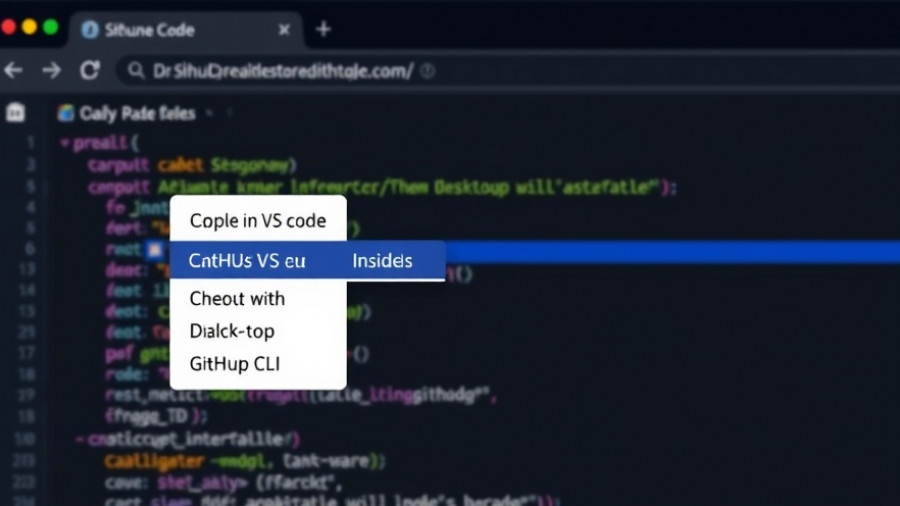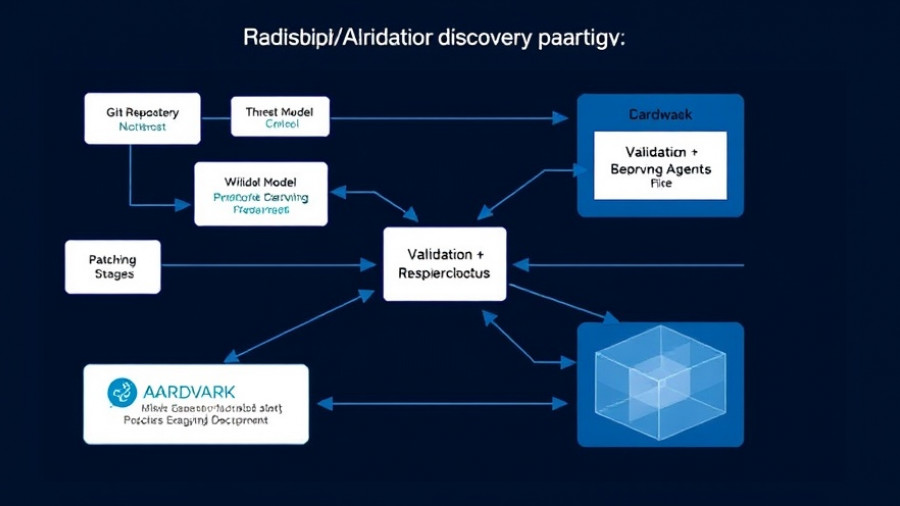
Splitit's Innovative Approach to AI Shopping Agents
As technology continues to evolve, the intersection of Artificial Intelligence (AI) and payments is becoming increasingly significant. Splitit is leading the charge with a pioneering pilot program that aims to embed buy-now-pay-later (BNPL) capabilities directly into AI shopping agents. This program, called the Agentic Commerce pilot, invites merchants, networks, and payment providers to join forces and create smoother buying experiences for consumers. It's set to launch in the fourth quarter and aims to transform how shopping transactions occur through the application of AI.
The Role of Agentic AI in Everyday Commerce
Agentic AI is changing the dynamics of the retail landscape, making interactions with consumers more intuitive. The ability of AI agents to integrate real-time installment options into checkout flows means that shoppers can now use their existing credit or debit cards to make purchases without lengthy redirects or the need for new credit lines. The infrastructure’s alignment with Google’s Agent Payments Protocol (AP2) and OpenAI’s protocols points to a future where seamless transactions become the norm, enhancing the consumer experience significantly.
Why Flexibility and Transparency Matter
In the words of Splitit’s Chief Technology Officer, Ran Landau, “seamless, transparent installments are built into this new paradigm from day one, not bolted on later.” This philosophy anchors the company’s vision for transforming payment processes into fluid interactions that prioritize customer experience. By allowing registered AI agents to facilitate payments, businesses can maintain control over customer engagement, ultimately driving loyalty and enhancing the brand’s image.
Embracing Rapid Change: The New Era of Payment Technology
Splitit is not just introducing a feature; they are undergoing a fundamental transformation within their company—a concept they describe as Splitit 2.0. As CEO Nandan Sheth explains, the firm has shifted from focusing solely on eCommerce and credit cards to embracing multiple payment avenues like debit cards and Point of Sale (POS) transactions. This flexibility allows incumbents in the payment industry to harness the agility commonly associated with fintech startups without losing trust and control, paving the way for broader adoption of innovative payment solutions.
Transformative Impact on Consumer Behavior
This pilot program has the potential to bridge gaps that have long existed in online shopping, allowing for a more engaging purchase experience. The psychological benefit of being able to pay for goods in installments can often make higher-priced items more accessible to a wider audience, thus stimulating demand. As retailers adopt AI agents to facilitate these transactions, they add a layer of convenience that consumers increasingly expect in today’s fast-paced digital landscape.
Looking Ahead: The Future of Agentic AI and Payments
The integration of AI agents in daily shopping environments is a trend poised to grow. With the rise of agentic AI in B2C interactions, it becomes essential for brands to adapt to these advancements. There’s a growing expectation that companies will not only keep pace with technological trends but will lead innovation in customer engagement. As this landscape evolves, the partnership and alignment with prominent tech protocols will be crucial for the survival and relevance of both startups and traditional businesses alike.
As industry players like Splitit continue to drive the future of commerce through technological advancements, it sets a tone that’s optimistic and full of potential. Embracing such innovations can create new opportunities in engaging consumers and meeting their evolving expectations in a seamless shopping experience.
For tech enthusiasts eager to keep pace with these developments, the rapidly evolving world of agentic AI brings an exciting prospect. If you’re curious to explore how these technologies can change lives and reshape industries, stay tuned for more updates on groundbreaking advancements in AI.
 Add Row
Add Row  Add
Add 




Write A Comment